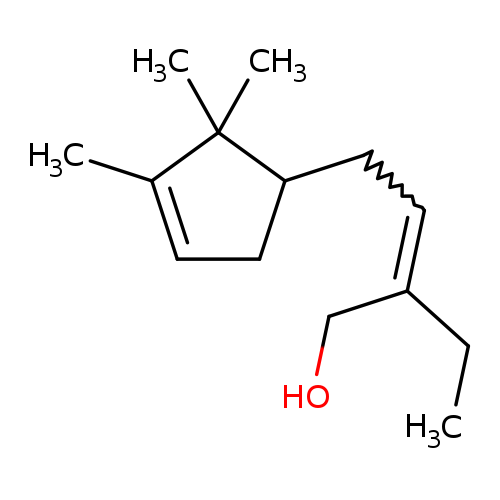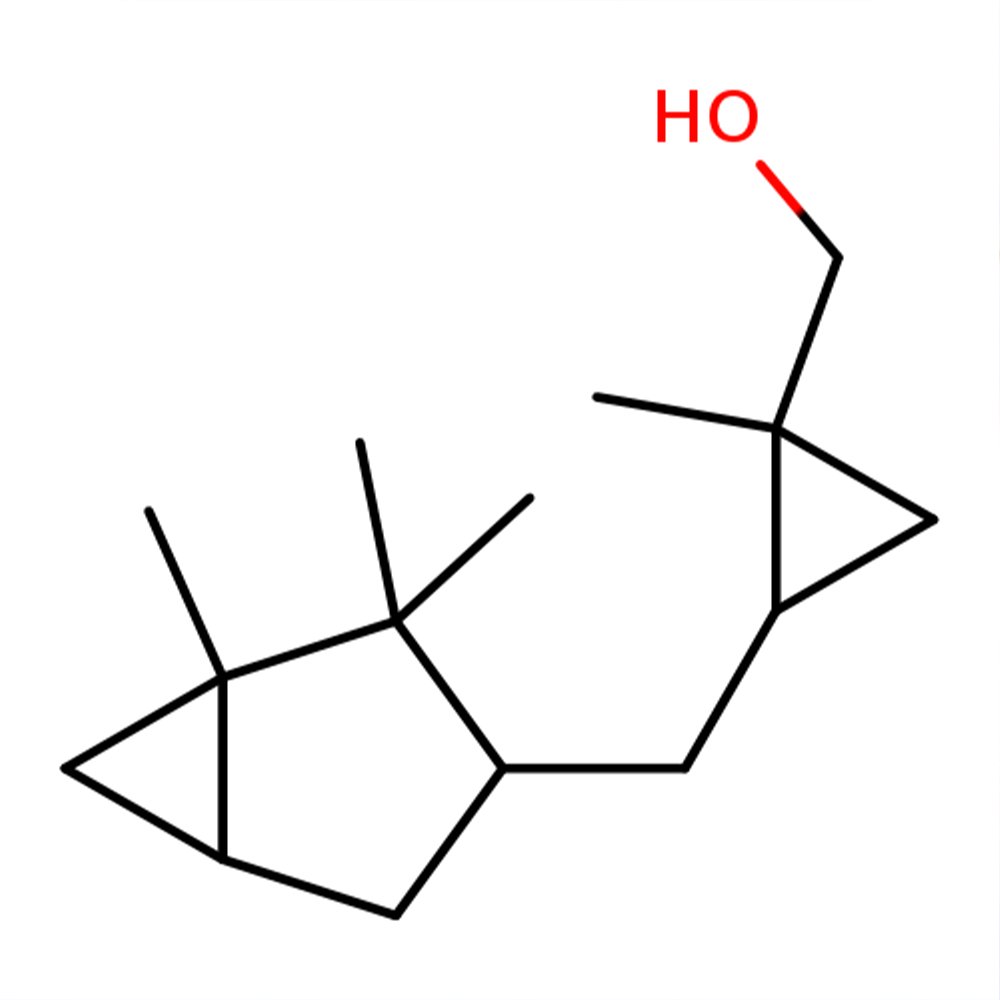Ebanol (Matsunol)
Synthetic Ingredient For Perfumery
Ebanol (Matsunol, from Firmenich) is a synthetic ingredient used primarily in perfumery, featuring a colorless to pale yellow appearance. Known for its strong musky and sandalwood character, it is significantly more potent than natural sandalwood oil. This mixture of diastereomeric alcohols is produced through complex chemical processes, including condensation and isomerization. Ebanol delivers a rich, natural sandalwood scent with additional notes of fruit, leather, and nuts, making it a valuable component for enhancing fragrance profiles.
Synthetic Ingredient For Perfumery
Ebanol (Matsunol, from Firmenich) is a synthetic ingredient used primarily in perfumery, featuring a colorless to pale yellow appearance. Known for its strong musky and sandalwood character, it is significantly more potent than natural sandalwood oil. This mixture of diastereomeric alcohols is produced through complex chemical processes, including condensation and isomerization. Ebanol delivers a rich, natural sandalwood scent with additional notes of fruit, leather, and nuts, making it a valuable component for enhancing fragrance profiles.
Synthetic Ingredient For Perfumery
Ebanol (Matsunol, from Firmenich) is a synthetic ingredient used primarily in perfumery, featuring a colorless to pale yellow appearance. Known for its strong musky and sandalwood character, it is significantly more potent than natural sandalwood oil. This mixture of diastereomeric alcohols is produced through complex chemical processes, including condensation and isomerization. Ebanol delivers a rich, natural sandalwood scent with additional notes of fruit, leather, and nuts, making it a valuable component for enhancing fragrance profiles.
Ebanol is a colorless to pale yellow clear liquid, by the IUPAC name 3-methyl-5-(2,2,3-trimethylcyclopent-3-en-1-yl)pent-4-en-2-ol and can be used in both fragrances and flavor application despite it can be irritant and \ or toxic at high concentration.Ebanol is a mixture of isomers and not reported as being found in nature. The mixture is obtained by condensation of campholenaldehyde with 2-butanone and isomerization of the reaction mixture with potassium tert-butylate in dimethylformamide. Subsequent reduction with NaBH4 yields a mixture of chiefly four diastereomeric title alcohols.Ebanol has a musky character in addition to the sandalwood and is perhaps four times stronger than natural sandalwood oil. The smell is comparable to Javanol. It should be stored cool in well-sealed containers for no more than 18 months or diluted promptly in ethanol as it can develop off-odors (nutty, dry fruit facet) otherwise.
Profile:
📂 CAS N° — 67801-20-1
🏭Supplier: Firmenich
⚖️ MW — 208.34 g/mol
📝 Odor Type — Woody, specific character Sandalwood.
📈 Odor Strength — Medium, long-lasting up to 400hrs.
👃🏼 Odor Profile — Ebanol has a very rich, natural sandalwood odour. I perceive a fruity facet and a leather not like labdanum. Dry, with nut undertones. Anisic. Prune, date undertones.
👅 Flavor Profile — Never tried! Will do asap.
⚗️ Uses — It is used in fine fragrances as well as in functional products. It is powerful and intense, bringing volume and elegance to woody accords and a diffusive sandalwood effect to compositions. Ebanol is highly substantive on all supports.Good performance in alcoholic fragrances, fabric, detergent, soap, toiletries products, and candles.Was used in Dolce Vita, XS for ladies, Elysium (about 2%), Escape for Men, Red Jeans, and Egoiste.Find an interesting comparison on Ebanol chirality by Leffingwell & Associates here.
Sources:
Fulvio Ciccolo
TGSC Information System
Leffingwell & Associates
National Center for Biotechnology Information (2020). PubChem Compound Summary for CID 6504499. Retrieved November 25, 2020 from https://pubchem.ncbi.nlm.nih.gov/compound/6504499.




